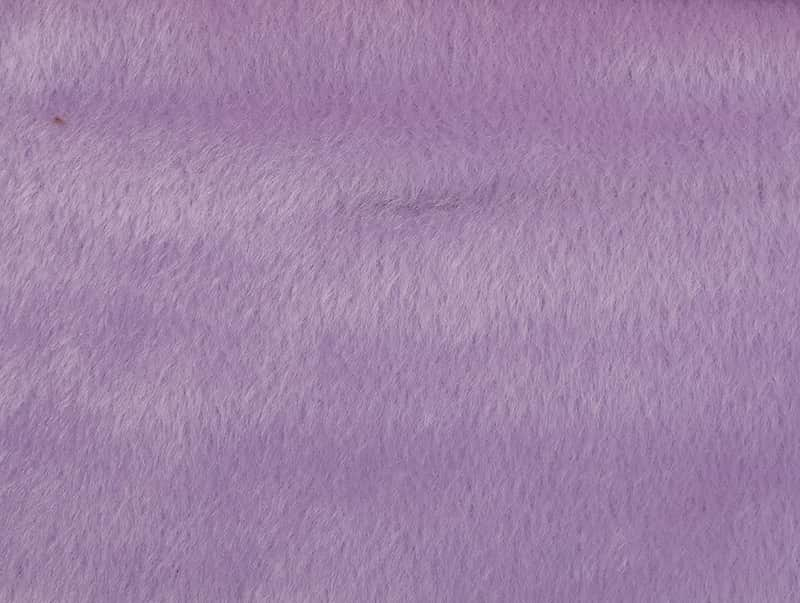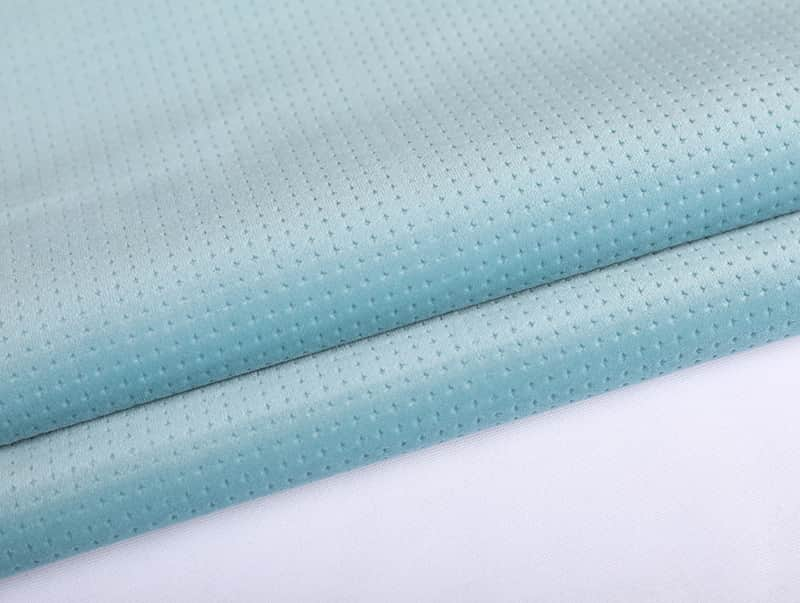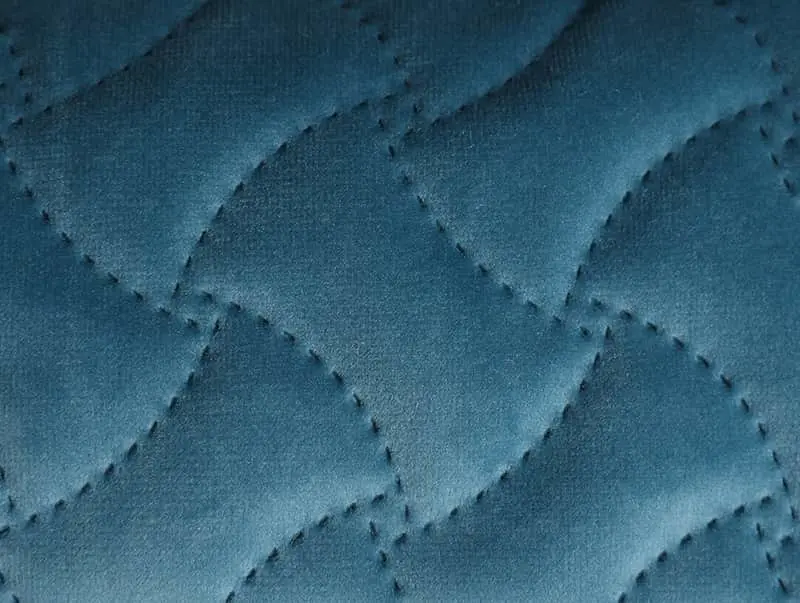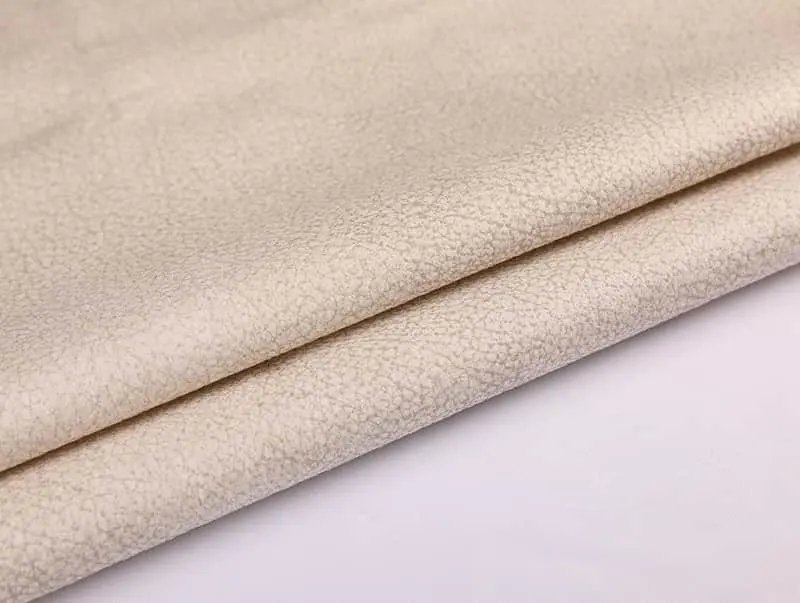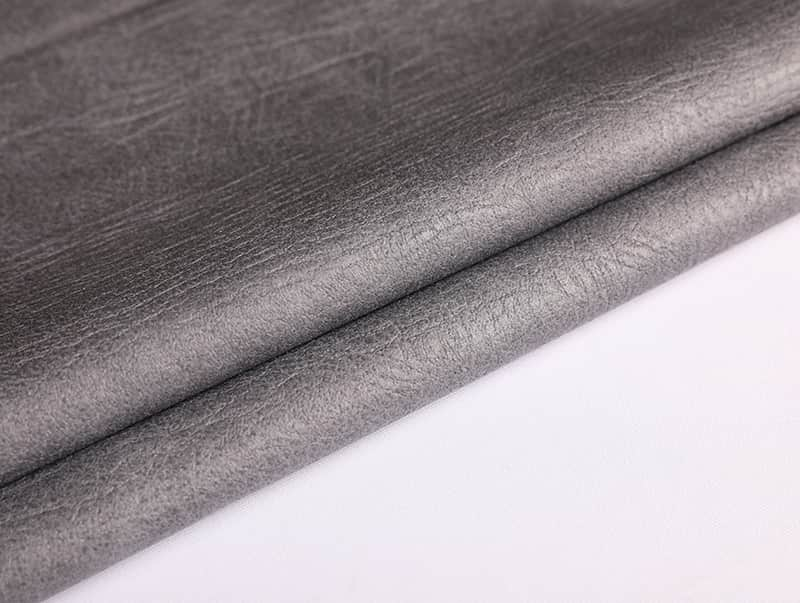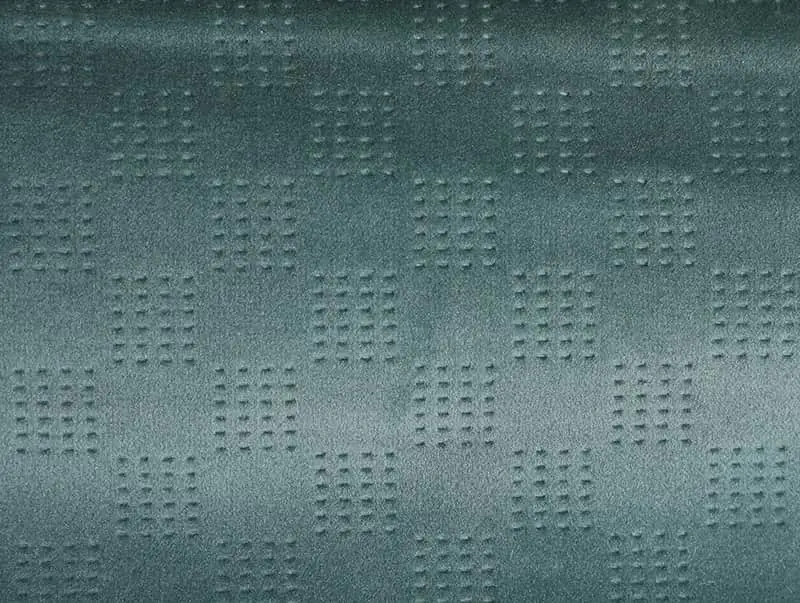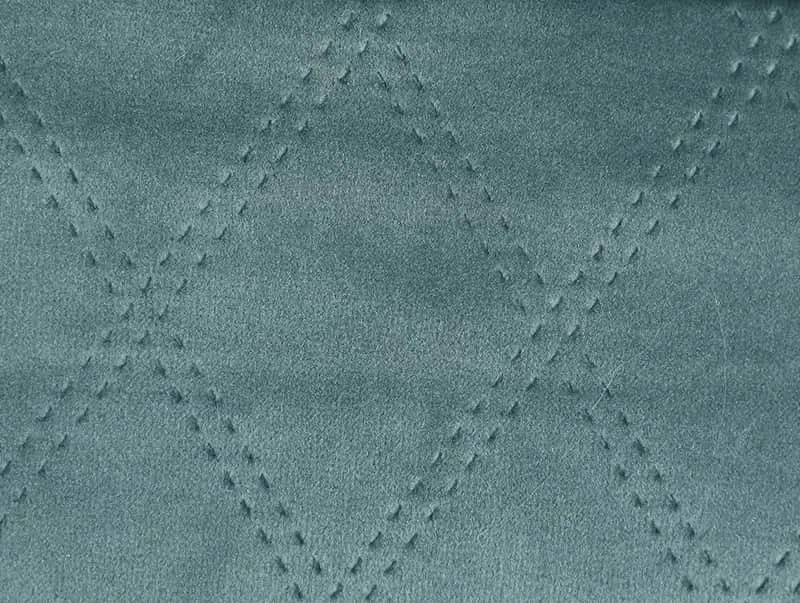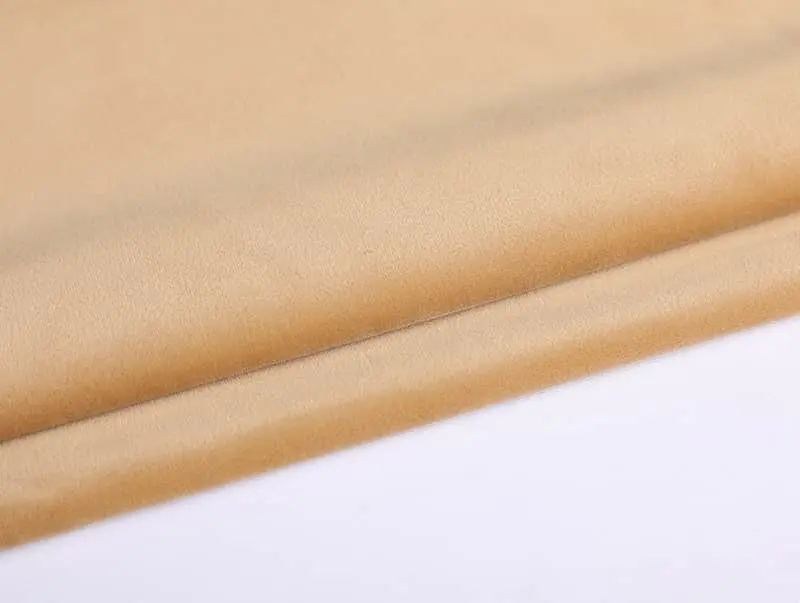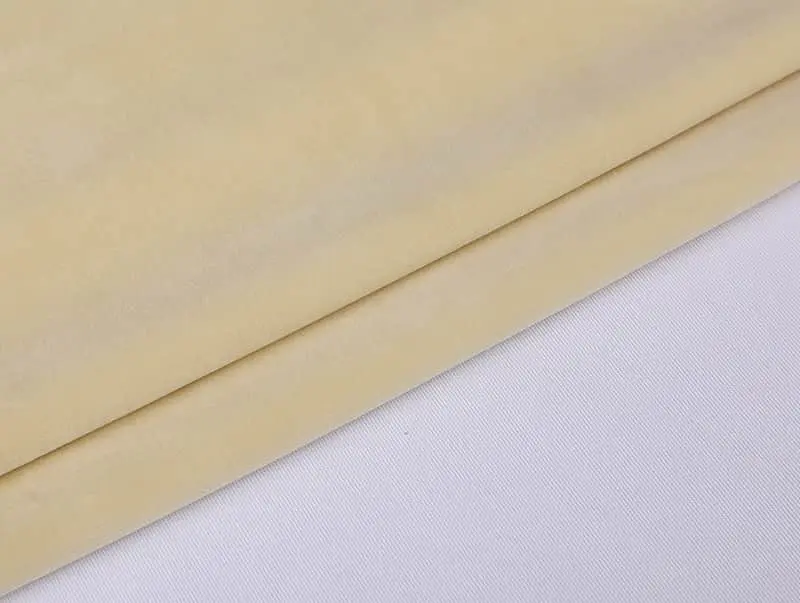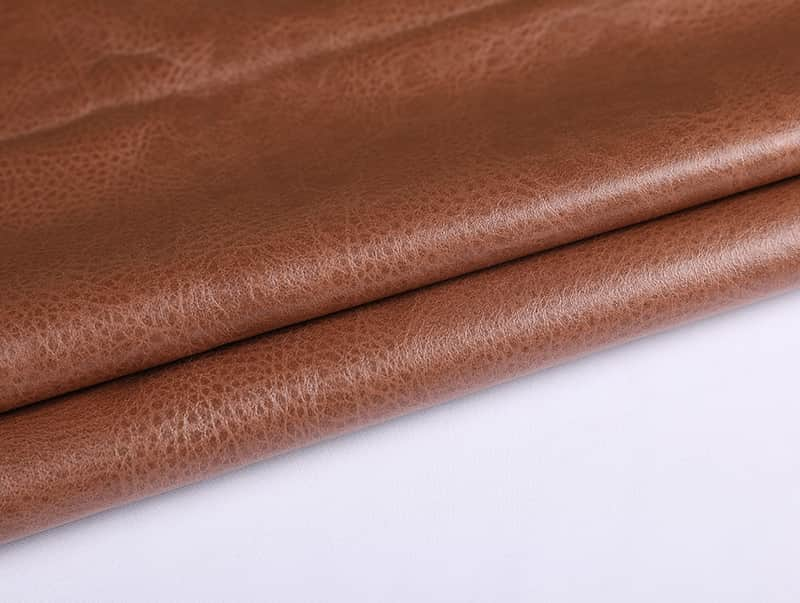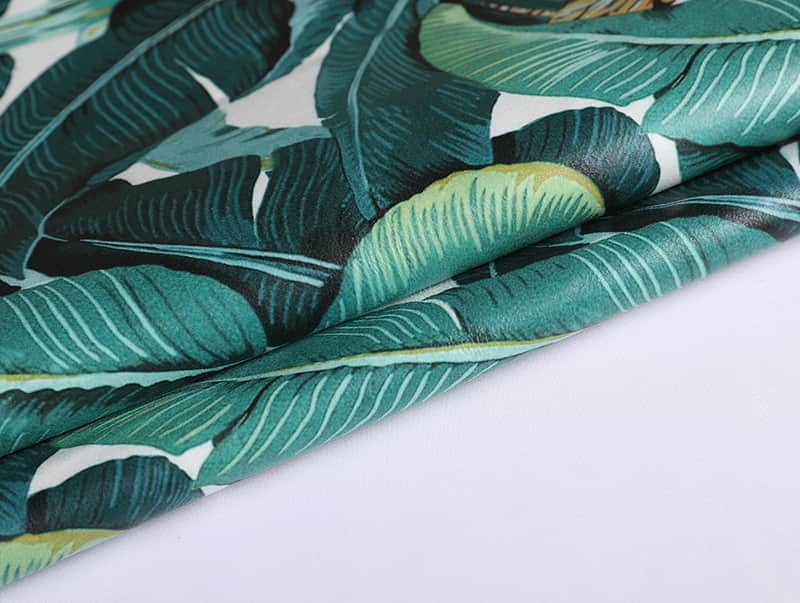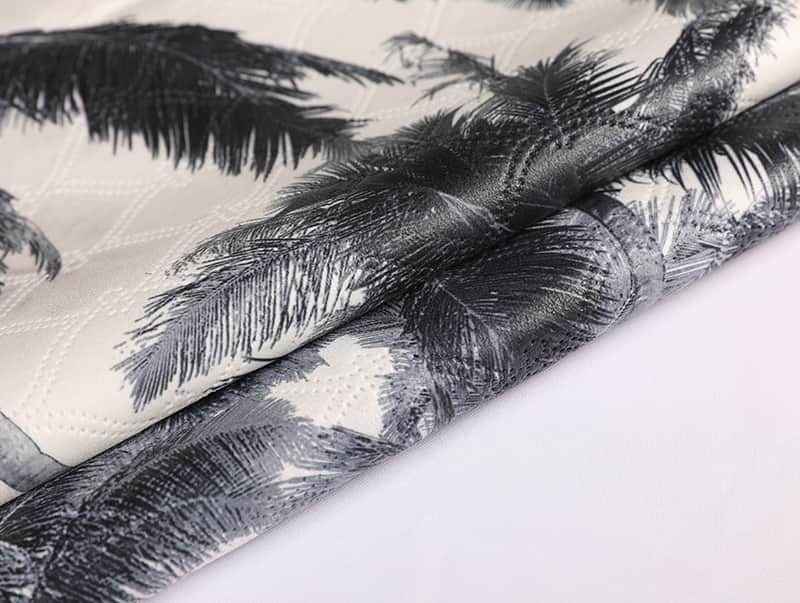The production of plush toy fabric has seen an increased focus on sustainable practices as part of the broader movement toward environmentally conscious manufacturing. Sustainable practices in the production of plush toy fabric can encompass various aspects, from material selection to manufacturing processes and end-of-life considerations. Here are some key sustainable practices being adopted:
Eco-Friendly Materials:
Choosing sustainable and eco-friendly materials for plush toy fabric is a critical practice. This may involve using organic cotton, recycled polyester, or other materials with a lower environmental impact compared to traditional synthetic fibers.
Recycled Content:
Incorporating recycled content into plush toy fabric is a sustainable practice. Manufacturers may use recycled polyester or other recycled fibers, reducing the demand for virgin materials and contributing to the circular economy.
Low-Impact Dyeing:
Adopting low-impact dyeing processes helps minimize the environmental footprint associated with coloration. This involves using dyeing methods that require less water, energy, and chemicals compared to conventional dyeing processes.
Water and Energy Conservation:
Implementing water and energy conservation measures in manufacturing processes is essential. This includes the use of water-efficient dyeing methods, energy-efficient machinery, and practices that reduce overall resource consumption.
Chemical Management:
Managing and minimizing the use of chemicals in plush toy fabric production is a sustainable practice. This includes selecting chemicals that are less harmful to the environment and human health and adopting practices to reduce chemical waste.
Waste Reduction and Recycling:
Minimizing waste generation and implementing recycling programs within the manufacturing facility contribute to sustainability. This involves proper disposal of waste, recycling fabric scraps, and repurposing materials when possible.
Closed-Loop Manufacturing:
Closed-loop manufacturing involves designing products and production processes to minimize waste and maximize the reuse or recycling of materials. This approach aligns with a circular economy model.
Social Responsibility and Fair Labor Practices:
Ensuring fair labor practices and promoting social responsibility are integral to sustainable manufacturing. This includes providing fair wages, safe working conditions, and ethical treatment of workers involved in the production of plush toy fabric.
Longevity and Durability:
Designing plush toys with longevity and durability in mind contributes to sustainability. Durable toys are less likely to end up in landfills quickly, reducing the need for frequent replacements.
Packaging Considerations:
Sustainable packaging practices are an important aspect of overall sustainability. Using minimal and recyclable packaging materials, reducing packaging waste, and adopting eco-friendly packaging options contribute to sustainability.
Certifications and Standards:
Seeking certifications such as OEKO-TEX Standard 100 or Global Organic Textile Standard (GOTS) for plush toy fabric indicates adherence to rigorous environmental and social standards.
Education and Transparency:
Educating consumers about sustainable choices and being transparent about manufacturing practices contribute to overall sustainability. Transparent communication about the sourcing, production, and environmental impact of plush toy fabric builds trust with environmentally conscious consumers.
